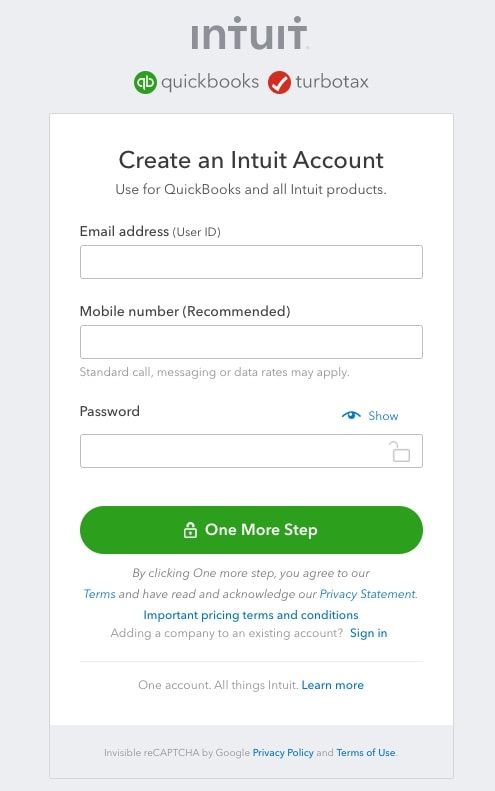Turn on suggestions
Auto-suggest helps you quickly narrow down your search results by suggesting possible matches as you type.
Showing results for
How do I post transactions in QB Desktop 2019? As my experience with our former software, you have to post the transactions (receipts, disbursements and journal entries or adjustments) after verifying them so that they'll appear on the reports such as Trial Balance. Once posted, they cannot be edited or you can't go back to any of them and edit anymore. How do you do this in QB?
Thank you in advance for the response!
Solved! Go to Solution.
Hi there, @Arzini.
Let me help you record receipts, disbursements, and journal entries transactions in your QuickBooks Desktop.
Since QuickBooks Desktop is a double-entry accounting, any transactions created will show on the Trial Balance report.
To record receipts which are money in transactions, you can create invoices, sales receipts, and other customers transactions. While you can record disbursement transactions as bills or checks.
Also, to create a journal entry to make an adjustment, please follow the easy steps below:
Here's an article you can read on for more details: Create a Journal Entry in QuickBooks Desktop.
In case you need tips and related articles in the future, visit our QuickBooks Community help website for reference: QBDT Self-help.
Please know that you can always get back to this post if you have any other questions. We're always here to help.
hi Arzini ,
If you are confused with menus, you may find a homepage on your QuickBooks screens. You will notice many icons representing your business process. You can click on each icon to post your transaction. You may edit your posted transaction anytime (depend on your user profile setting) and Audit Log will record the action for reference.
Hi there, @Arzini.
Let me help you record receipts, disbursements, and journal entries transactions in your QuickBooks Desktop.
Since QuickBooks Desktop is a double-entry accounting, any transactions created will show on the Trial Balance report.
To record receipts which are money in transactions, you can create invoices, sales receipts, and other customers transactions. While you can record disbursement transactions as bills or checks.
Also, to create a journal entry to make an adjustment, please follow the easy steps below:
Here's an article you can read on for more details: Create a Journal Entry in QuickBooks Desktop.
In case you need tips and related articles in the future, visit our QuickBooks Community help website for reference: QBDT Self-help.
Please know that you can always get back to this post if you have any other questions. We're always here to help.
Is there a way to make invoices, bills, checks, entries, etc. post? Meaning that you cannot edit them once they have been created? Right now, we can modify/delete invoices, bills, checks, and entries. I would rather this not be the case. I would like for it to be impossible to edit an invoice once it has been created, same for everything else. Are there controls in QuickBooks to keep this from happening?
Does this mean that if I enter an invoice in January, I can change it anytime during the year until I close the books the following January? I would like to make it so that when I create the invoice in January, I cannot edit that invoice again, even the next day, instead of having to wait a year until it is "locked".
You can decide when your closing date is. You don't have to wait until the end of the fiscal year to close the book. Open a dummy file and learn how it works.
Is setting a closing date the same thing as closing the books? I do not want to close the income statement to retained earnings each month, only at the end of the year. I am having trouble in the dummy file seeing how this works. I have tried closing the books at the end of the year, still nothing happened to retained earnings when I pull a balance sheet.
This may not be possible, but this is what I am used to and would like to do:
1. Choose the date and the account that I close the income statement to (it is not the QuickBooks retained earnings account), and then see the entries where this happens in the general ledger. This is what I am having trouble with. Even at the end of my year in the dummy file, nothing happens to the chart of accounts.
2. Restrict ability to modify previously created transactions. I can see now that I do that by setting a closing date (just seems weird to use language of "closing" date if you are not really closing the books to the income statement).
Thanks for reaching out to the QuickBooks Community, @vytronaccounting.
I can share some insights to help you with your year-end book closing.
The option to close selected accounts is currently not an option at the moment. This is to make sure that QuickBooks adjustments are accurate for the next calendar or fiscal year. To explain the closing books process and effects, please see this article: Close your books in QuickBooks Desktop.
Regarding your second question, the purpose of setting up a closing date is to prevent accidental changes to past books in QuickBooks Desktop. This way, any updates to your past entries will require a password to proceed.
Visit us anytime if there's anything else you need assistance with QuickBooks Desktop year-end processes. We are always here to help you out. You can also mention me in your posts anytime.

You have clicked a link to a site outside of the QuickBooks or ProFile Communities. By clicking "Continue", you will leave the community and be taken to that site instead.
